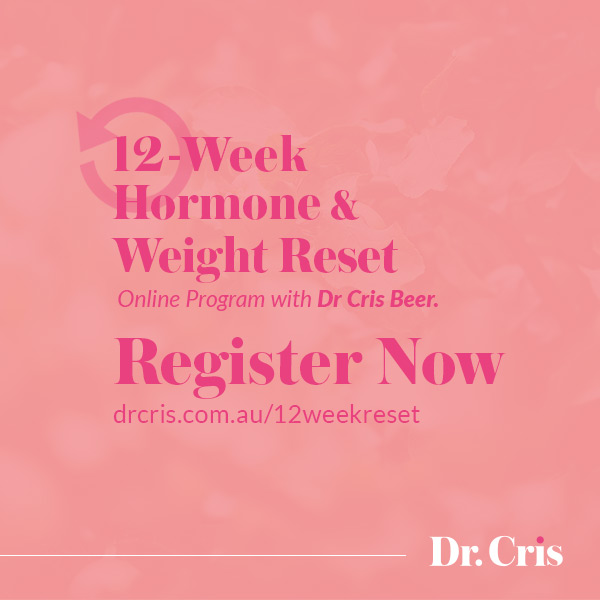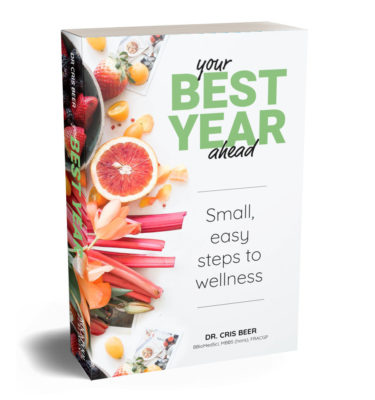Portion sizes are difficult to control and can be a challenging for all of us especially in today’s society where food is plentiful. The average portion sizes have significantly increased over the last thirty years. Consider, for example, that in the 1980s the average coffee was sold in a Styrofoam cup and contained around 180 calories. Now it is not uncommon for people to buy the largest sized coffee, which contains three times as much milk, caffeine and calories.
Without realising it a slight increase in portion size can make a significant impact to your overall food intake and ultimately your waistline. Even if you are eating well, too much of a good thing is still too much. Often when I do a diet and food assessment with a patient, on paper the types of foods they are eating all look very healthy. You could be left scratching your head wondering why they are gaining weight. But on further assessment, when I have asked them to pen down the size of their meals, snacks and drinks it is evident that their portion sizes have crept up and they are eating much more than they realise; albeit of healthy kinds of foods. Most of us are eating way more than we really need to eat. Our body does not need a lot of fuel if we are feeding ourselves with nutritious options.
So what constitutes an appropriate portion size? The answer to this question is discussed below, along with tips on how to keep portion sizes down without feeling hungry or deprived.
How Much Is Enough of a Portion Size?
The following list is a guide to what constitutes a portion for everyday foods.
- About a palm-sized serving of meat, chicken, tofu or fish for lunch and dinner.
- Two eggs is one serve. Allow two to three servings of eggs (or around 4–6 eggs) per week instead of another protein source.
- Two serves of fruit per day (really no more than this unless you are particularly physically active as this adds extra natural sugar). Examples of a serve of fruit includes half a large banana or mango, two small plums or apricots, a medium apple, pear, peach or nectarine, a small bunch of grapes or half a cup of cut melon
- Occasional fruit juice (half a glass) and dried fruit (around 30g = 1½ tbsp sultanas or 4 apricot halves) instead of one serving of fruit
- 2–3 cups of cooked vegetables or 4–5 cups of fresh salad per day
- 2–3 servings of dairy, which includes a matchbox-size of cheese (allow a maximum of 1–2 serves of cheese per day), a 250 ml glass of milk and/or 200 grams of plain, unsweetened yoghurt per day
- A tennis ball sized serve of rice, noodles, quinoa, polenta, oats or pasta (allow 1–2 serves per day)
- 1⁄2 cup of cooked dried or canned lentils, peas, or beans (if canned choose with no added salt varieties)
- Two slices of bread is one serve (allow 1–2 serves per day)
- A small bowl of cereal per day (around ½ cup depending on the cereal)
- A small handful of nuts per day (around 15 almonds, 10 brazil nuts, 15 cashews, 15 macadamia or a small handful of raw, unsalted mixed nuts)
- Two finger-widths size for the occasional snack such as a protein bar
- A tbsp of dressing or sauce with lunch or dinner
- A thin spread of butter or avocado on bread per day
For all other foods that constitute ‘sometimes’ foods if you choose to eat these have in small amounts.
Tips and Tricks to Portion Sizes
The trick to portion control is to slightly alter your portion sizes so that you do not feel hungry or deprived. This extra amount that you would otherwise eat but not miss has been coined the ‘mindless margin’ and is easy enough to leave off your plate without noticing the difference. Up to 20 per cent of the food on our plate can easily be left off without making a noticeable difference to our hunger levels.
Some general tips to keeping portion sizes down include:
- Eat from smaller plates and bowls. Consider eating your main meal from an entrée sized plate and soups and desserts from a small children’s-sized bowl rather than a large one. By eating from a smaller plate or bowl our brain is tricked into thinking we are eating the same amount of food because our meal still fills the entire plate/bowl.
- Fill at least half of your plate with salad or non-starchy vegetables (such as lettuce, spinach, broccoli, cauliflower, asparagus, squash, zucchini, eggplant, green beans). Since we tend to eat with our eyes and not with our stomachs the trick is to fill your plate with these lower-calorie foods so that your brain still sees a full plate.
- One quarter of our plate can be topped with starches including rice, potatoes, corn, carrots, pasta, quinoa and noodles.
#healthyhabits #healthyliver
Dr Cris
Holistic Medical Doctor, Author ‘Healthy Habits, 52 Ways to Better Health‘ and Healthy Liver



